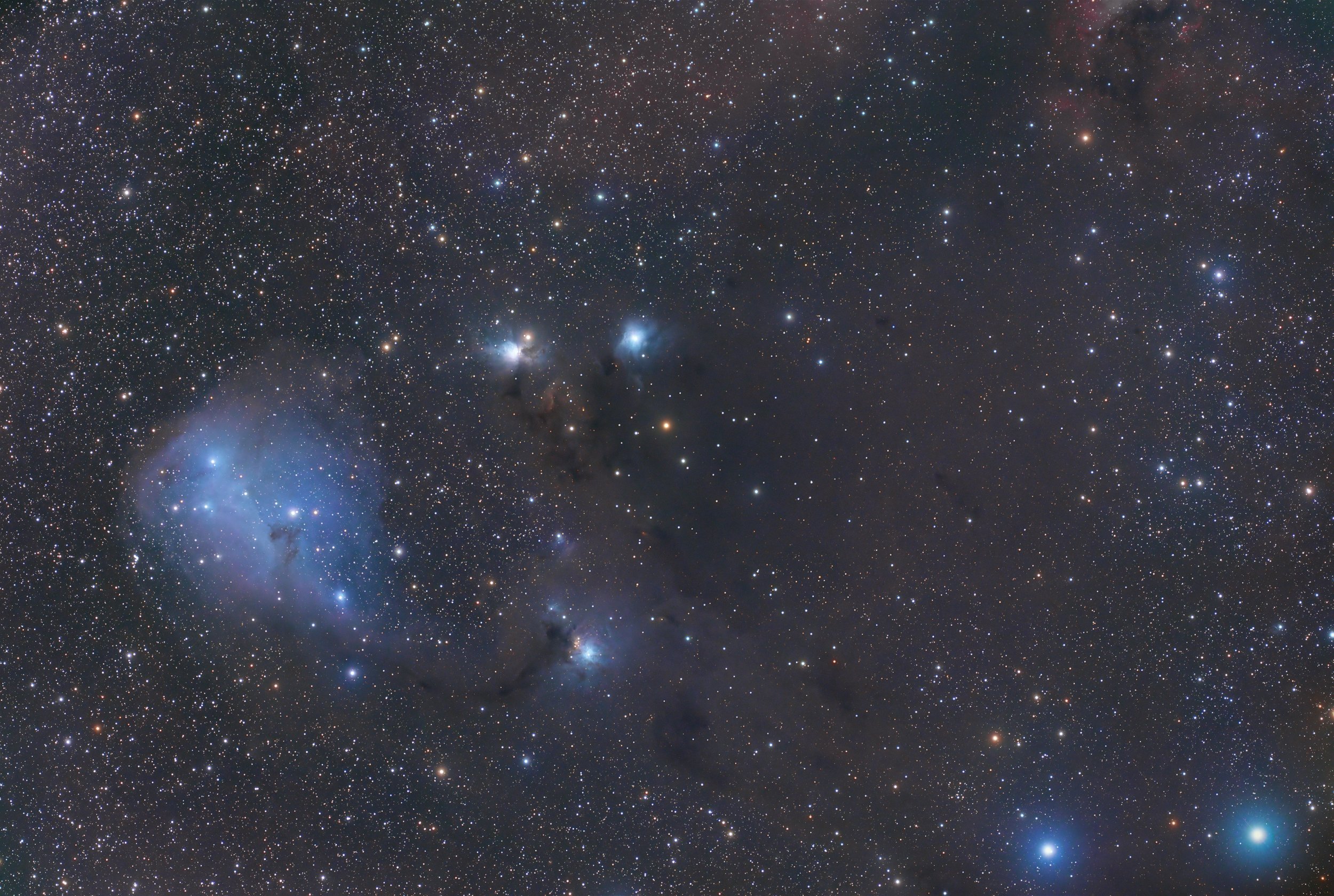
AAPOD2 Image Archives
Shadows and Peaks Along Alpine Valley
This high-resolution lunar image showcases the dramatic contrast between shadowed and sunlit terrain along the terminator, revealing an intricate interplay of impact history and geological evolution. The dominant crater Aristoteles, a 3.8-billion-year-old impact structure, stands out with its terraced walls and central peak, while the neighboring Eudoxus adds to the rugged topography. Below, the Cassini crater, partially flooded by ancient lava, marks the transitional boundary between the rough highlands and the smooth plains of Mare Imbrium. The rugged Lunar Alps stretch across the frame, with the sinuous Alpine Valley cutting through them—a rift possibly formed by tectonic forces or subsurface magma movement. This image is a striking testament to the Moon’s violent past and the forces shaping its ever-scarred surface.
RCW-58 Cosmic Flower
RCW 58 is a striking emission nebula surrounding the Wolf-Rayet star WR 40, located in the constellation Carina. This nebula is a stellar wind-blown bubble formed by the intense radiation and powerful outflows from WR 40, a massive, evolved star nearing the final stages of its life. The surrounding filaments and arcs of ionized gas are the remnants of material ejected by the star in previous evolutionary phases, shaped by its violent stellar winds.
Wolf-Rayet stars like WR 40 are rare and extremely hot, with surface temperatures exceeding 100,000 K. Their strong winds create intricate nebular structures such as RCW 58, which glows brightly in hydrogen-alpha (Hα) and oxygen-III (OIII) emissions. These regions serve as laboratories for studying the late evolution of massive stars before they ultimately end their lives in a supernova explosion. Observing RCW 58 in narrowband filters reveals detailed shock structures and interactions between the ejected material and the surrounding interstellar medium, offering insight into the final turbulent stages of stellar evolution.
partial solar eclipse
On March 29, 2025, a partial solar eclipse will grace the skies, visible primarily across parts of North America, Europe, and northern Asia. During this event, the Moon will pass between the Earth and the Sun, obscuring a portion of the solar disk and creating a dramatic crescent shape. Unlike a total solar eclipse, where the Moon completely blocks the Sun, a partial eclipse leaves a sliver of sunlight visible, making the event a dazzling but less intense phenomenon.
The magnitude and duration of the eclipse will vary depending on location, with the greatest obscuration occurring in northern latitudes. Observers will witness a noticeable dimming of daylight, and if conditions are clear, solar viewers or eclipse glasses will allow safe observation of the event. Partial solar eclipses provide an excellent opportunity to appreciate the celestial mechanics of our solar system and remind us of the dynamic relationship between the Earth, Moon, and Sun.




